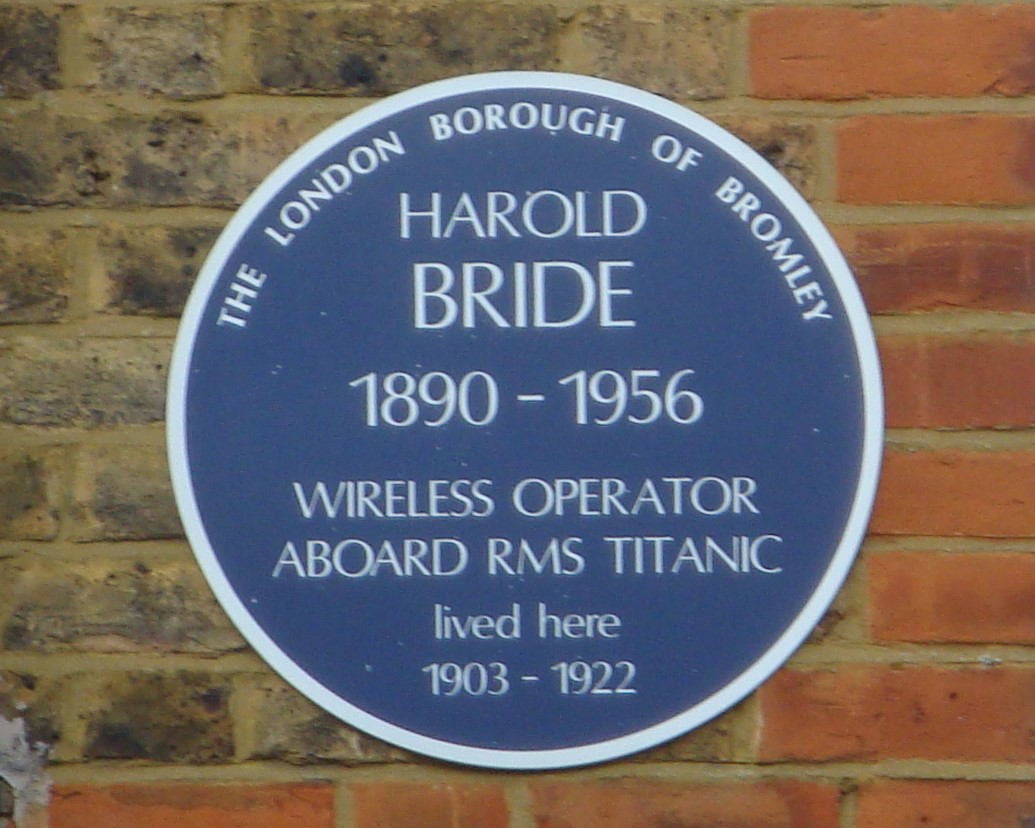For Those in Peril
By Ken Tracey
The distress signal, SOS was introduced 110 years ago, yet some still speculate as to what the initials stand for. The popular beliefs that it is, ‘Save Our Souls’, or ’Save Our Ship’, are not correct nor are any of the other creations such as ‘Send Out Succour’ or ‘Save Our Sailors’. The answer is more interesting, the fact is that SOS stands for nothing at all.
SOS became the preferred code because it could be easily transmitted in Morse by operators under pressure; three dots, followed by three dashes and then another three dots. A sequence that is easy to remember and has saved lives under extraordinary circumstances.
However, the letters alone have often been used. SOS scrawled in snow on a mountainside has alerted pilots to people stranded below, and similarly scraped in the sand of a deserted beach have drawn attention to shipwreck survivors. It is also helpful under search conditions that, SOS is an ‘Ambigram’, that is, it can be read the same when viewed right side up or upside down.
At an international conference in 1906, when Morse was the main form of communication for the military and seafarers, the British Marconi Society and the German Company, Telefunk, established SOS as the International Distress Signal. It was formally introduced on 1 July 1908.
Other distress signals in use at the time were rejected; UK used CQD and Germany SOE, while Italy preferred SSSDDD. At the time, the latter was dismissed for being too long, but I have just noticed that it is the quickest one to type on a computer keyboard, not helpful in 1906 when they were tapping Morse keys.
It was almost a year after introduction that SOS first proved its worth. On 10 June 1909 the Cunard liner SS Slavonia was sinking off the Azores, the SS Batavia and SS Prinzess Irene received her SOS call and raced to the stricken craft. They rescued all on board, and recovered some of the cargo. The English survivors returned to the UK by an oblique route, finally arriving in Liverpool, aboard the ill-fated Lusitania.
It was later the same year that the SS Arapahoe became the first US ship to use the SOS signal, when stranded off the coast of North Carolina. Wireless operator T. D. Haubner sent the signal which resulted in a successful rescue. A few months later back at sea, the SS Arapahoe received an SOS call from the SS Iroquois. Radio Officer Haubner therefore has the distinction of being involved in the first two incidents of the use of SOS in America, the first as the sender and the second as the receiver.
As with all new things it took some time for SOS to be accepted by all the telegraphers. Even as late as 1912, when the Titanic was in distress, Marconi men, Jack Phillips and Harold Bride, used the familiar CQD signal to call for help. As a last resort, they tried SOS and joked that they may never get the chance to use it again. In Phillips’ case, this was sadly true.
Communication by Morse code lasted a surprisingly long time but in 1999 it was replaced by the Global Maritime Distress and Safety System (GMDSS), a satellite-based system for sending distress signals at sea. There will not be as much use for SOS in future but dots and dashes will not disappear completely, they will continue to be used by; small vessels, amateur radio operators and some sections of the armed services.
Almost anyone aboard a ship can send a distress signal using GMDSS. When the appropriate button is pressed a message containing the vessel’s identification number and its precise location is automatically prepared and sent via satellite. There is no need for a skilled operator.
SOS has been with us throughout our lives and the dots and dashes are easily remembered. This was fortunate for army veteran, Tim Robinson, who slipped on a rocky beach near Bridport, Dorset in January 2017. He was alone with a broken leg, and without a mobile phone. On that dark winters afternoon, all he was carrying were his keys. He spent hours crawling back toward his holiday home, pausing regularly to signal, SOS with his keyring torch. Eventually his wife spotted his distress signal and called the lifeboat. Although he endured considerable pain he was saved by the 109-year-old distress signal.
Copyright © 2017 by Ken Tracey

